Whether by evolving codes, standards, or homeowner expectations, homes appear to be getting greener—and have been for some time. Despite being 30% bigger on average, for instance, homes built after 2000 consume 21% less energy for space heating than homes built in years prior, according to the Energy Information Administration. Space heating accounts for nearly half of a typical home’s energy usage.
In some cases, more stringent codes—like Massachusetts’ Stretch Code and in California, where new structures need to be built solar-ready—and new laws—like Denver’s Green Building Ordinance—have mandated measures to increase energy efficiency in homes. In other cases, it can be a matter of homeowner preference.
Members of the US Green Building Council in a 2021 survey agreed after a year of pandemic life that “more people understand the impact environment has on health and wellness” and identified the fact as one of green building’s top opportunities moving forward.
Recommendations from an Expert
Achieving that efficiency, though, and doing it within budget, is another matter entirely—one with which energy auditor Drew Smith, chief operating officer of sustainable  building consulting company Two Trails Inc, is well acquainted.
building consulting company Two Trails Inc, is well acquainted.
An authority in his field and a leader in the industry, Smith is an accredited LEED professional and energy auditor certified by, among others, RESNET (Residential Energy Services Network), Home Innovation Research Labs, and the Florida Green Building Coalition—the latter of which, on three separate occasions, has named Smith Certifying Agent of the Year. Twice, the National Association of Home Builders has recognized him for his contributions to green and sustainable building—naming him Certified Green Professional of the Year in 2010 and Advocate of the Year in 2013.
In a recent interview, Smith walked us through a home’s most vulnerable efficiency pain points and what improvements may have the biggest impacts.
Working with Windows
“First place we look is at windows,” says Smith. “More energy efficient the windows, the better performance is going to be.”
Windows can have a significant impact on home performance that can translate to energy savings. The Environmental Protection Agency claims that in the first year after replacing single-pane windows in a “typical home,” the structure’s carbon footprint will be reduced by upwards of 6,200 pounds of carbon dioxide—the equivalent of 317 gallons of gasoline—and generate energy savings close to $600.
Understanding NFRC's Window-Performance Label
U-Factor measures how well a product can keep heat from escaping from the inside of a room. The lower the number, the better a product is at keeping heat in.
- Range: 0.20–1.20
- Look for: Low numbers
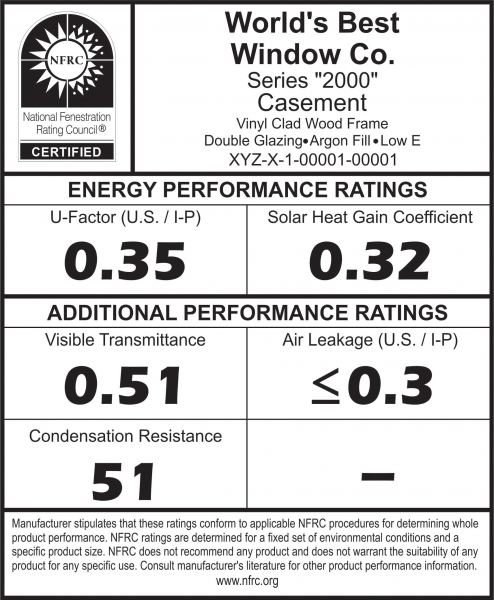 Solar Heat Gain Coefficient measures how well a product can resist unwanted heat gain, which is especially important during summer cooling season. The lower the number, the less you’ll spend on cooling.
Solar Heat Gain Coefficient measures how well a product can resist unwanted heat gain, which is especially important during summer cooling season. The lower the number, the less you’ll spend on cooling.
- Range: 0–1
- Look for: Low numbers
Visible Transmittance measures how well a product is designed to effectively light your home with daylight, potentially saving you money on artificial lighting. The higher the number, the more natural light is let in.
- Range: 0–1
- Look for: High numbers
Air Leakage measures how much air will enter a room through a product. The lower the number, the fewer drafts you’ll experience.
- Range: ≤ 0.3
- Look for: Low numbers
NFRC Window Label NFRC also has a condensation rating that is optional for manufacturers to include, so you may or may not see it on the label. The higher the number, the better a product resists condensation.
Image and captions: National Fenestration Rating Council
Smith gauges untested window performance most easily by labeling, considering U-factor, solar heat gain coefficient (SHGC), visible transmittance, and air leakage—metrics which vary in importance by climate zone.
“Here in Florida, U-factor isn’t as important as it might be in Minnesota. But we’re always looking at solar heat gain coefficient, a window’s insulating factor,” Smith admits. “We’re looking for a number closer to zero. Typical windows we’re seeing now have a (SHGC) of 0.3, and we’ve seen them as low as 0.8.”
Smith notes that in planning for windows, designers should understand that a window’s size can impact its potential performance. Some big windows, for instance, won’t be able to achieve the low SHGC levels a high efficiency home may demand. “On larger pieces of fixed glass, sometimes we cannot get those numbers,” he says. “It’s typically because we can’t get double pane glass in bigger sizes.”
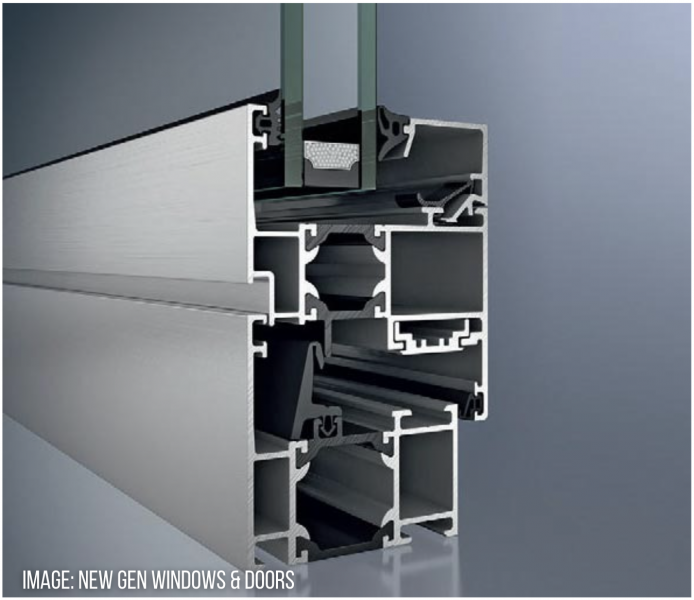 The National Fenestration Rating Council rates windows and includes on all its products—which include all Energy Star products—a performance label that provides the basic metrics mentioned above. It makes gauging an individual product’s potential (or claimed) performance relatively simple. But Smith says there is more to look for, such as for windows with a thermal break (see image on right).
The National Fenestration Rating Council rates windows and includes on all its products—which include all Energy Star products—a performance label that provides the basic metrics mentioned above. It makes gauging an individual product’s potential (or claimed) performance relatively simple. But Smith says there is more to look for, such as for windows with a thermal break (see image on right).
“A thermal break window is a window that doesn’t allow any heat or cold transmission from the outside to inside, or vice versa—there is no direct contact between interior and exterior,” he says. “A Thermal break adds a lot to the U-factor with regards to efficiency ratings.”
Smith adds that some manufacturers include whether a window has a thermal break on its label, but notes that it’s not a guarantee. “Every manufacturer is a little bit different with regard to labeling for thermal break.”
Ultimately, Smith recommends looking for the best metrics a budget can afford.
Saving with Insulation
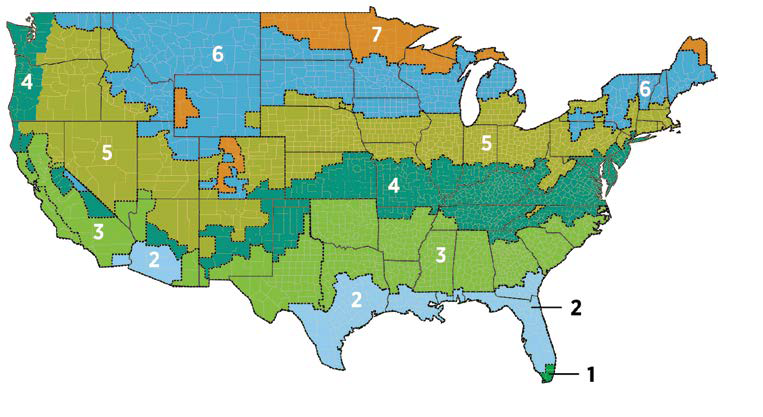 Insulation is an easy target for energy savings. Smith recommends contractors aim for the highest R value walls their budget can allow, but again reminds the impact climate may have on the metric’s import. (See left a map of the US Department of Energy's Cimate Zones)
Insulation is an easy target for energy savings. Smith recommends contractors aim for the highest R value walls their budget can allow, but again reminds the impact climate may have on the metric’s import. (See left a map of the US Department of Energy's Cimate Zones)
“Certain climates have more of an impact on wall insulation than others,” he says. As Florida is a warmer state, insulation is less important. “Our R values are typically a lot lower than they would be in more northern states.”
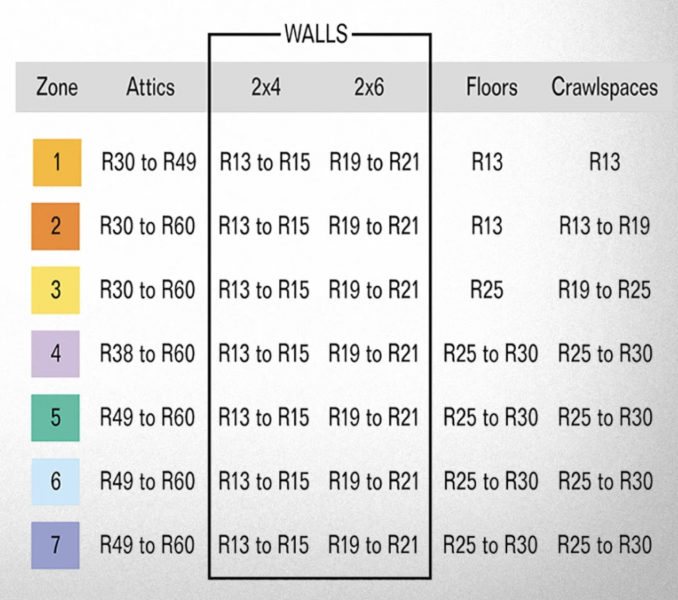
Image: The Home Depot
The EPA estimates average utility bill savings of 11% in typical homes that make home sealing and insulation improvements. While those savings average higher in northern climate zones (14% annually), homes making improvements in southern zones still can expect an annual 6% reduction.
For maximum value, Smith recommends that contractors consider a sealed attic.
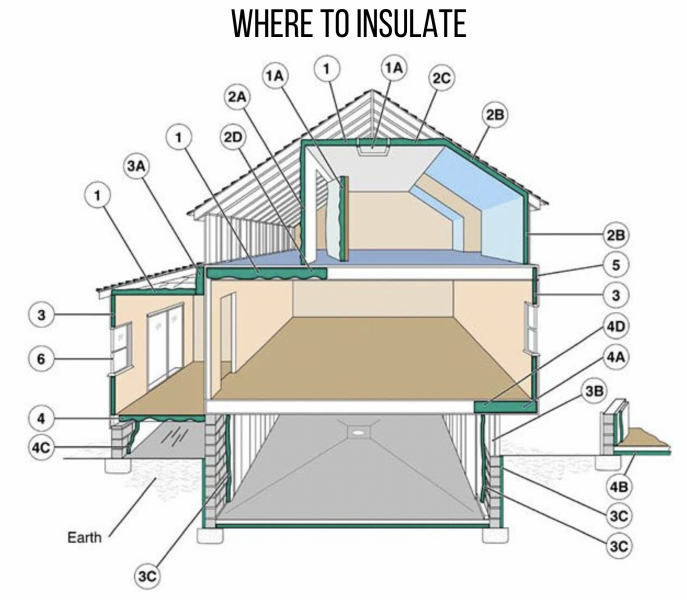
Cick here for more information on where to install insulation.
Image: US Deptartment of Energy, Oak Ridge National Laboratory
“A sealed attic is extremely important and has fantastic ROI,” he claims. “It’s not only good on the insulation side, but it also seals the envelope and keeps dust and contaminants out of the house.”
Attic air sealing is also highly recommended by the EPA, which writes on its energystar.gov website, ”The attic usually has the most potential for energy savings and is typically accessible. Start with the attic if you want to have the highest impact on savings and comfort.”
READ MORE: HOW TO USE A DUCTLESS MINI-SPLIT HEAT PUMP AS AN HVAC SYSTEM
Improving performance with HVAC
Cooling and heating efficiency standards in national building codes have increased more than once since 2000 and are again set to change in 2023. According to a past EIA press release, the new standards taking effect next year will:
“... require a seasonal energy efficiency ratio (SEER)—a measure of a system’s cooling performance—of no less than 14 SEER for residential systems in the northern part of the United States and 15 SEER in the southern part of the United States, where cooling loads are a larger share of home energy use.”
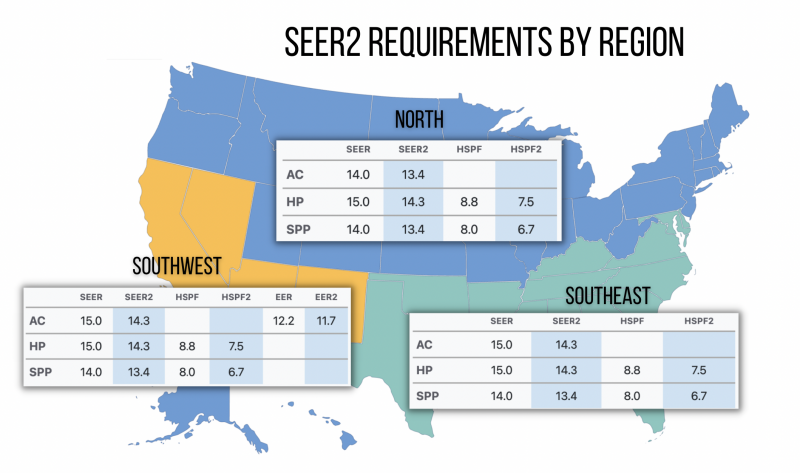
The SEER 2 Guide is a website from Johnstone Supply established in preparation for upcoming changes to HVAC efficiency requirements.
Photo and requirement information: The SEER 2 Guide
While Smith acknowledges the impact a higher SEER may have on a home’s space heating and overall efficiency, he contends that there is a point at which the rating’s ROI diminishes.
“Once you get to SEER 17 and above, the cost compared to the ROI really starts to diminish in value,” Smith admits. “Although they will function better, after 16 SEER it’s really more effective to look at other ways to improve the home’s energy efficiency.”
There is one exception to Smith’s SEER rule: mini-split systems.
“We’ve been using a lot more of the mini split, or what we call cassette units, lately because it allows us to deliver air conditioning very efficiently with a much higher SEER ratings … up into the mid and upper 20s.,” Smith says. “Without having to deal with huge ducting issues, we can put those units pretty much anywhere we want … and each unit can have its own thermostat.”

The ability to quietly tuck away minisplit units has become such a selling point that at least one company has built a unit that hides itself. The Art Cool Gallery unit from LG—seen above in the 2020 New American Remodel—is covered by a working, customizable frame in which homeowners can display images and art.
Image: Jeff Davis Photography
The reason those units are more equipped for higher SEER ratings, Smith explains, is because they reduce the need for multiple condensing units outside of a home.
“You can typically hook up five mini-split units on one condensive unit, meaning you can have five (heating and cooling zones) in one home, controlled independently, with only one condensing unit outside,” he says. “It also minimizes the amount of materials you’re using.”
Of course, beyond windows, insulation, and HVAC, there are myriad ways to improve a home’s efficiency—Smith adds that contractors may want to check out the air sealing product AeroBarrier for an improved blower door test—but for contractors searching to for the biggest gains on a budget, those are three areas with high potential ROIs.

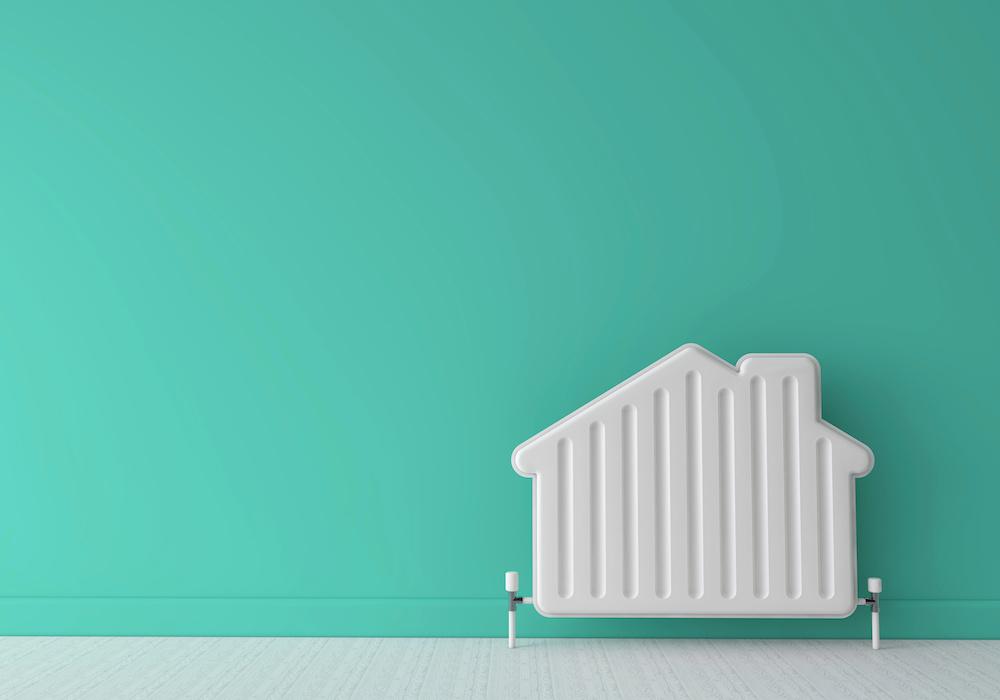

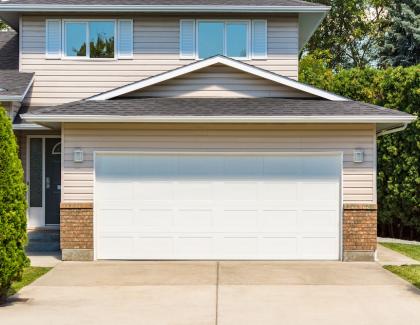
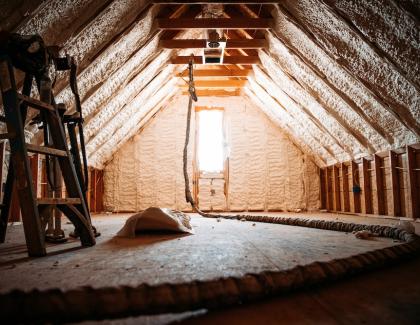

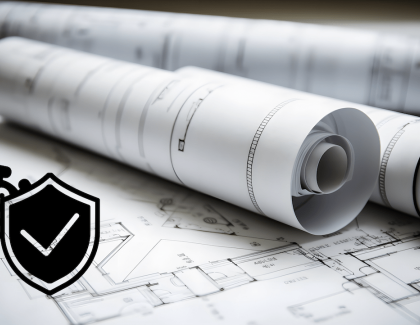
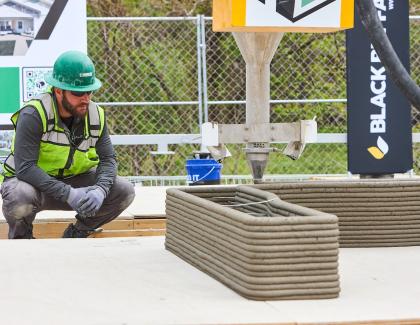
Add new comment